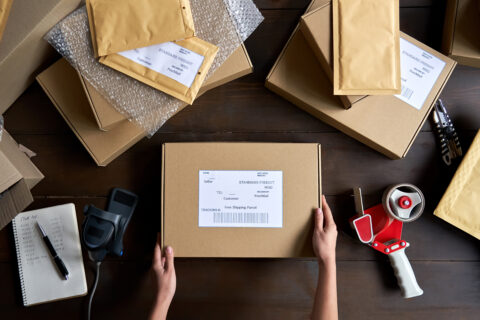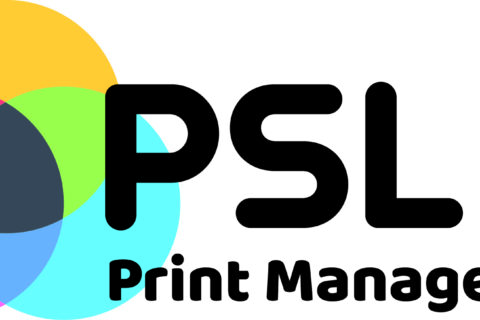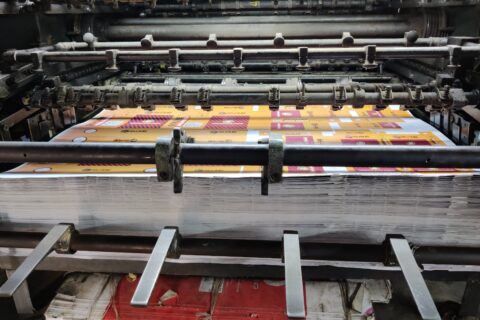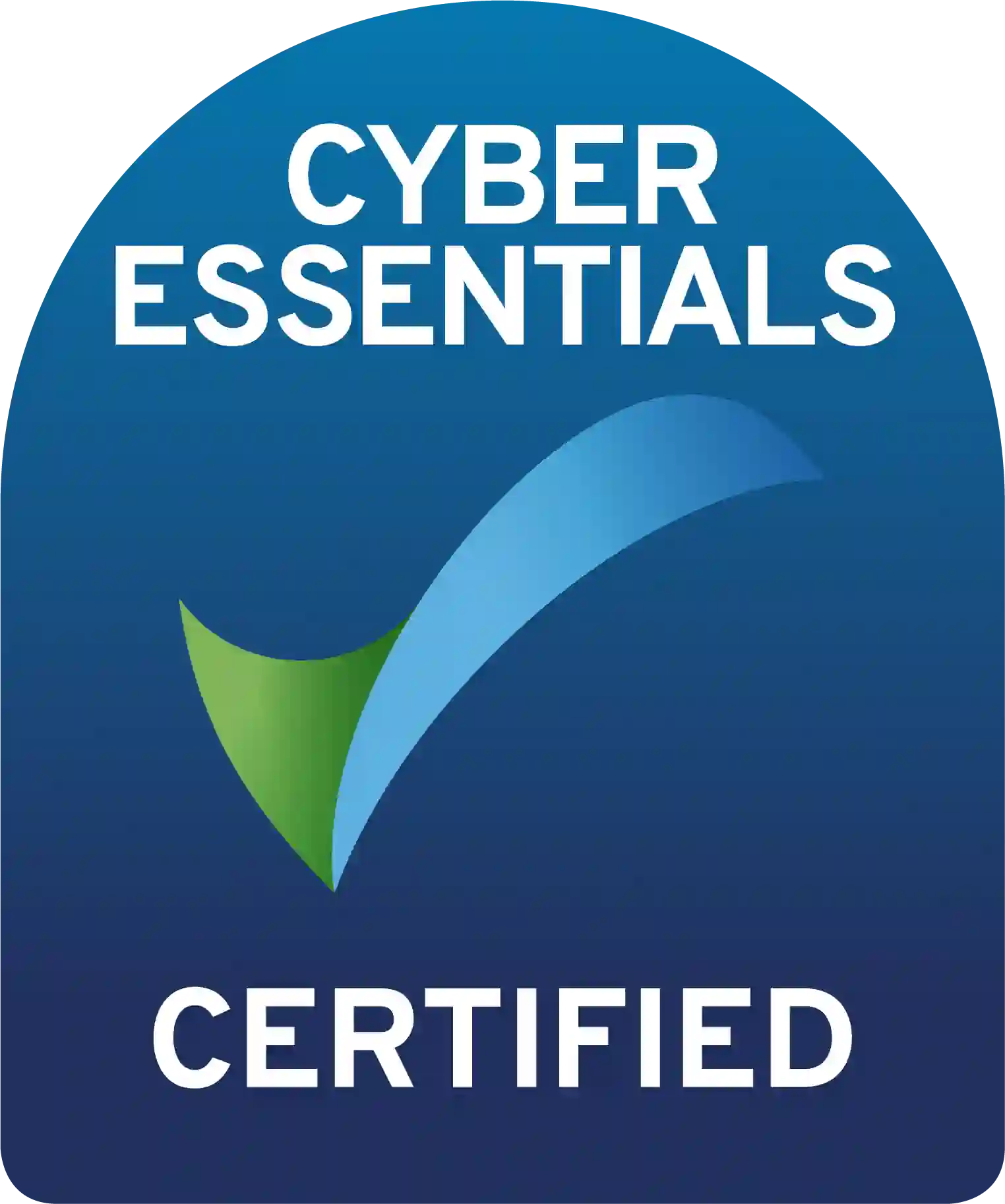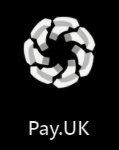How do barcode labels work?

A barcode is a small image made up of lines and spaces that is generally attached to objects such as retail items, ID cards and entrance tickets. They have revolutionised the modern world, and are practically ubiquitous: it’s hard to go anywhere without seeing barcode labels! Practically every time a consumer makes a purchase they interact with a barcode, but just exactly how do barcode labels really work?
Barcode labels are a way that information can be encoded into a pattern that is readable by a scanning machine. Each of the black and white lines is a representation of a different character that complies to an algorithm that has been decided for that specific type. If the lines are altered in anyway the characters are also changed. A barcode scanner is required to read the algorithm and confirm its authenticity.
Types of barcode labels
Before deciding that a barcode is right for your products, inventory, or any other purpose, you should ensure that you have chosen the correct barcode for your requirements. There are two major types of barcode, 1D (one-dimensional) and 2D (two-dimensional), and each have different properties.
One-dimensional barcodes are a representation of data by applying a variation of black and white lines with different widths and spaces. These are the most common kinds of barcodes and are often used on consumer goods in many countries around the world, from New Zealand and Japan to the UK and the USA.
There are different types of 1D barcode, with different characteristics and each can be used for different purposes. Just a few of the most common barcode labels of this kind are: UPC code, CODE 39, ITF, CODE 93 and CODABAR. To find out more about one-dimensional barcodes, get in touch and we can talk you through each in more detail.
Two-dimensional barcodes refer to barcodes that represent data with a use of 2D shapes and symbols. This type includes the QR code, which is growing in popularity due its ability to be easily tracked and quickly read by consumers, who can easily access information encrypted using their smartphones.
Other forms of 2D barcode labels include Datamatrix code, PDF417 and Aztec. These are the most common of the two-dimensional barcodes, and can also be used for different purposes. If you would like to hear more about these barcode types, contact us and we can arrange a free consultation.
At Hague we are experts in all forms of printing solutions, so if you have a question about any of our services we are always happy to speak with you. Don’t hesitate to get in touch!
